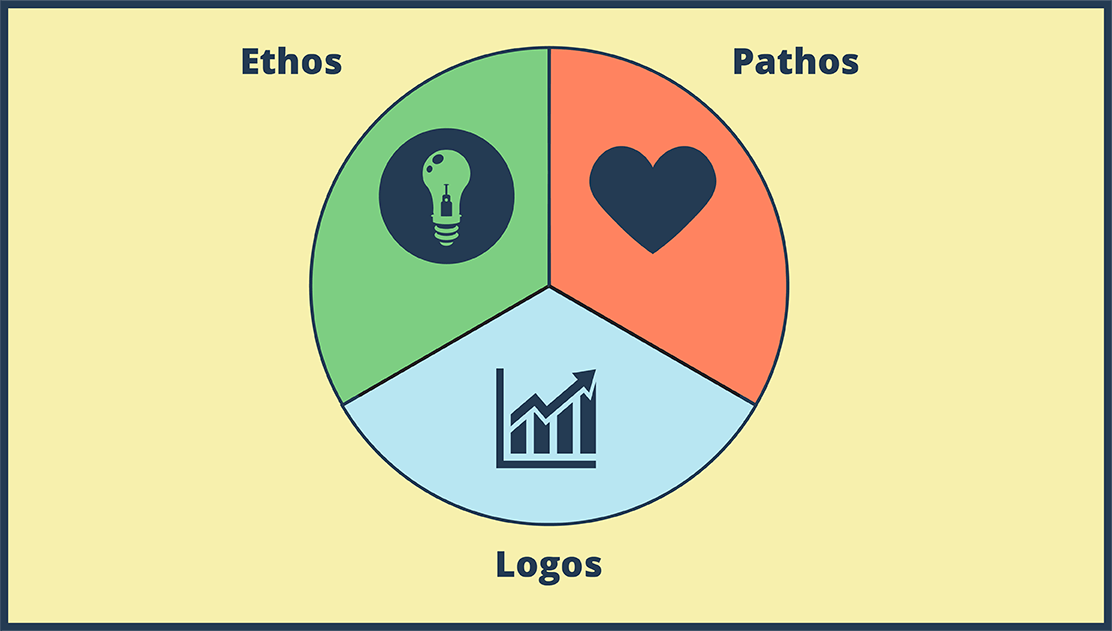How to Use a Protractor

Sie können dieses Storyboard in den folgenden Artikeln und Ressourcen finden:

Diagramm Eines Prozesses
Unterrichtspläne von Anna Warfield
Anweisungen und Prozesse sind so viel leichter zu verstehen, wenn sie von Bildern begleitet werden. Wenn wir ein Storyboard für einen Prozess erstellen oder ein sequentielles Diagramm erstellen, können wir uns auf diskrete Schritte, Ursache und Wirkung und Abfolge konzentrieren.

Verwenden von Storyboard That in Ihrer Matheklasse
Visuelle Hilfen für das Moderne Klassenzimmer
Storyboard That macht es einfach, visuelles Lernen in Ihren Mathematikunterricht zu integrieren und den Inhalt auf Ihre Schüler zuzuschneiden. Mit den leicht anpassbaren Vorlagen können Sie sicherstellen, dass die Arbeitsblätter, die Sie den Schülern geben, sie dort treffen, wo sie sind, und die Konzepte in Frage stellen, an deren Beherrschung sie noch arbeiten.
Schauen Sie sich auch einige unserer anderen Lehrartikel an!
Storyboard Beschreibung
How to Use a protractor graphic organizer - diagram a process
Storyboard-Text
- Maybe I can help.
- GAH! Math is so stupid! It doesn't make any sense!
- This protractor thing is impossible!
- I will show you how to use it. Well, step 1...
-
- Make sure the protractor is not backwards! It makes life so much easier if you can read the numbers.
- Before we measure, tell me if this is an acute, right, or obtuse angle.
- It IS acute, so that means it measures less than 90 degrees. We already know the answer is between 0 and 90 degrees!
- The line doesn't reach the numbers!
- Acute?
- There are two parts of the protractor to help you get the angle in the right place: 1) an upside-down T at the bottom middle 2) the base line (0 degrees or 180 degrees)
- We want to place the protractor on top of the angle so the middle of the T is at the vertex.
- Acute angle! 40 degrees! Take that MATH!
- Rotate the protractor so the vertex of the angle is still at the T, but one leg of the angle is lined up with the 0 degree line.
- That's OK. Don't you remember that definition about angles? Two RAYS with the same endpoint? Rays go on forever, so we can just extend the legs of the angle.
- The legs of the angle are extended, so we just need to read the numbers. Our options are 140 degrees or 40 degrees. Which is it?
Über 30 Millionen erstellte Storyboards




